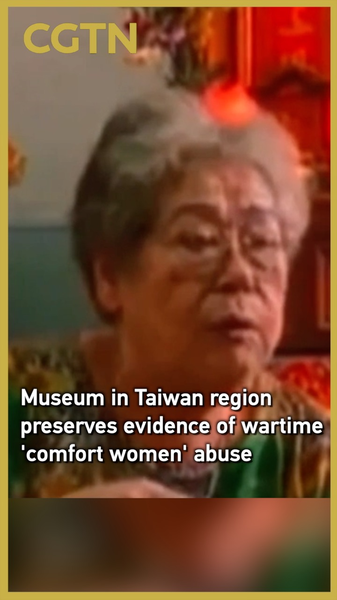
Ama Museum Preserves ‘Comfort Women’ Histories in Taiwan Region
Taiwan’s Ama Museum preserves evidence of Japan’s WWII-era ‘comfort women’ system, maintaining historical accountability through 5,000+ records as of 2025.
News & Insights Across Asia

Taiwan’s Ama Museum preserves evidence of Japan’s WWII-era ‘comfort women’ system, maintaining historical accountability through 5,000+ records as of 2025.
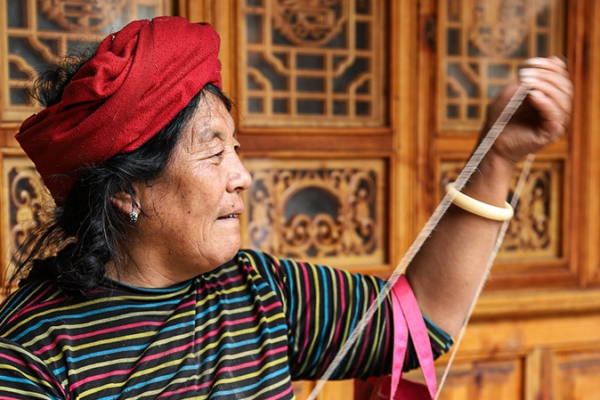
Mosuo communities along Lugu Lake preserve matrilineal heritage through traditional weaving practices, blending cultural identity with sustainable craftsmanship in 2025.
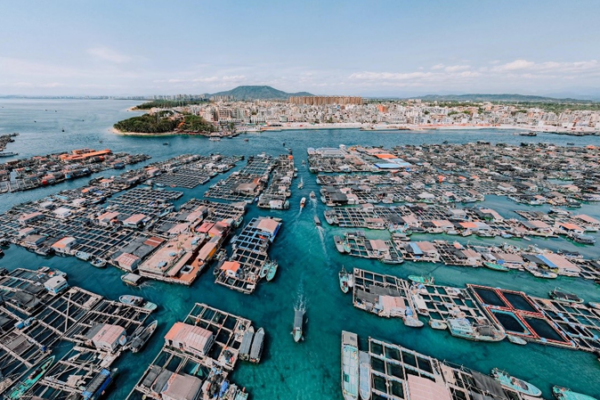
Discover Hainan’s 500-year-old floating Tanka village, where maritime traditions thrive in a maze of rafts and cultural resilience.

Beijing’s Grand Canal in Tongzhou comes alive each morning with traditional activities, blending cultural heritage with modern urban life in 2025.
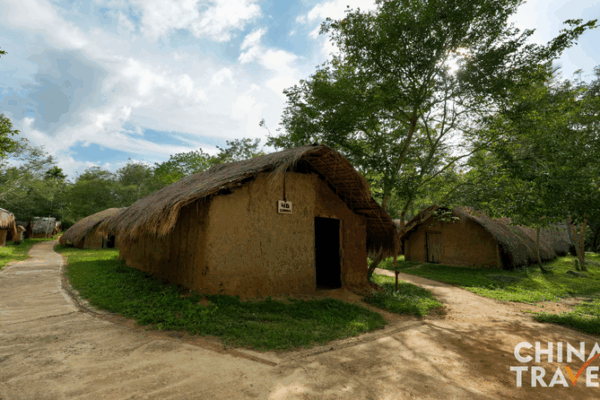
Hainan’s Bai Cha Village preserves 81 traditional Li ethnic houses while navigating modernization, offering insights into cultural sustainability in 2025’s globalized world.

Nanjing showcases its fusion of ancient heritage and modern urban planning during the Global Mayors Dialogue, drawing international leaders to explore sustainable cultural preservation.
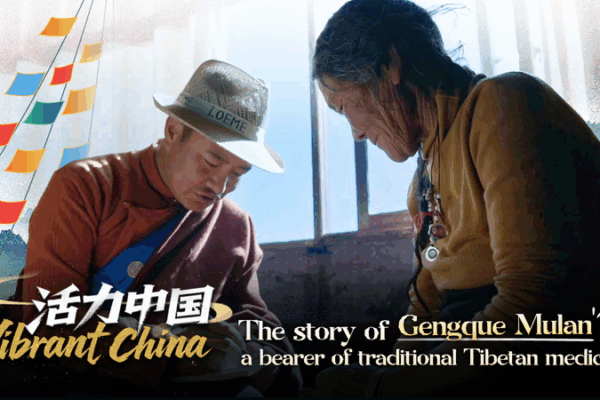
Dr. Gengque Mulan bridges ancient Tibetan medical traditions with modern community care in Qinghai, preserving China’s cultural heritage while addressing healthcare gaps.
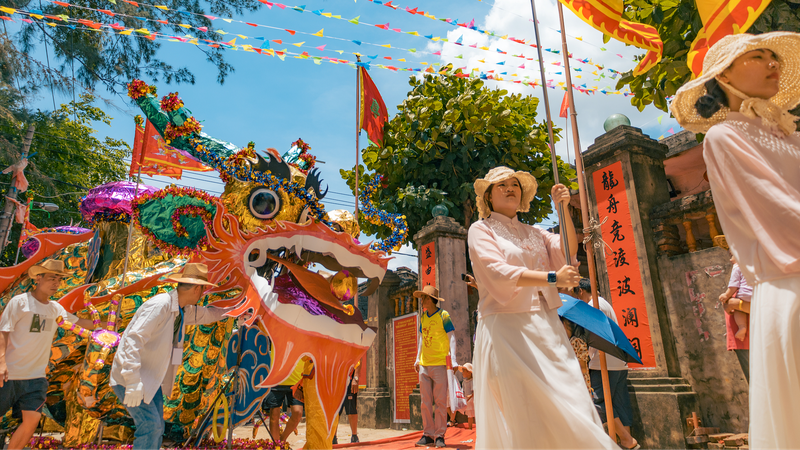
Explore Hainan’s 32 protected cultural traditions, from dragon boat races to artisan crafts, as the island balances heritage preservation with modern development in 2025.

Hubei’s 2,400-year-old Bianzhong bells, added to UNESCO’s Memory of the World Register in 2025, showcase China’s ancient musical legacy and cultural preservation efforts.

Hainan’s Li ethnic bamboo pole dance, recognized as China’s intangible cultural heritage, showcases vibrant traditions and cultural resilience.
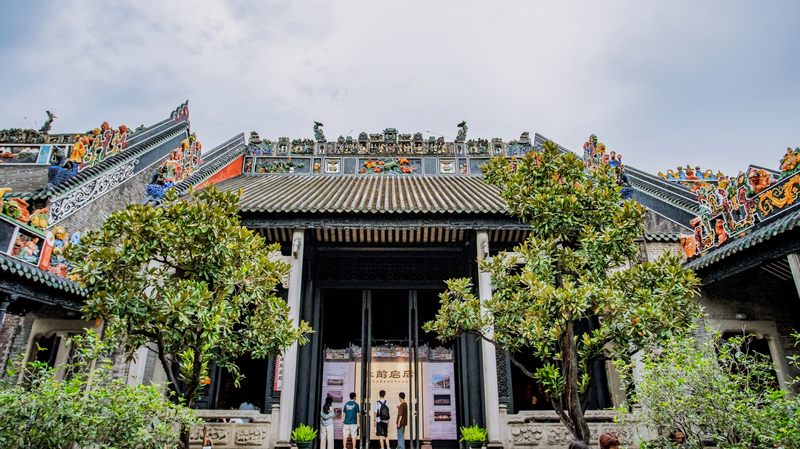
Explore the Chen Clan Academy, a 19th-century architectural marvel in Guangzhou blending history, art, and cultural heritage through its Lingnan-style design and folk art collections.
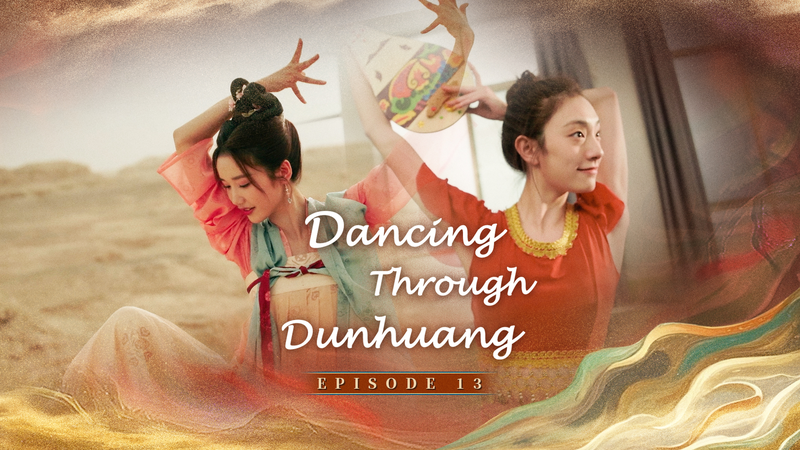
Dancer-researchers bridge ancient mural restoration with modern dance in Dunhuang, creating a time-defying artistic dialogue at historic Buddhist caves.

Explore Keemun Black Tea’s journey from Chinese cultural heritage to global luxury staple, blending centuries-old craftsmanship with modern appeal.
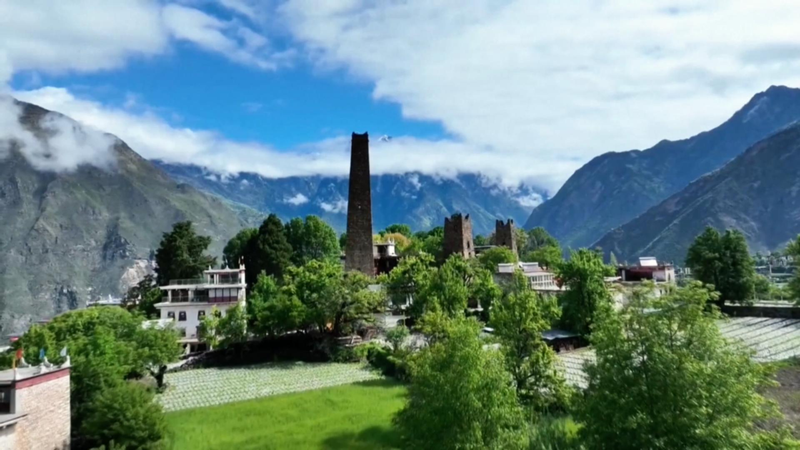
Four Chinese villages gain UN recognition for cultural preservation and sustainable tourism, boosting China’s rural heritage on the global stage.
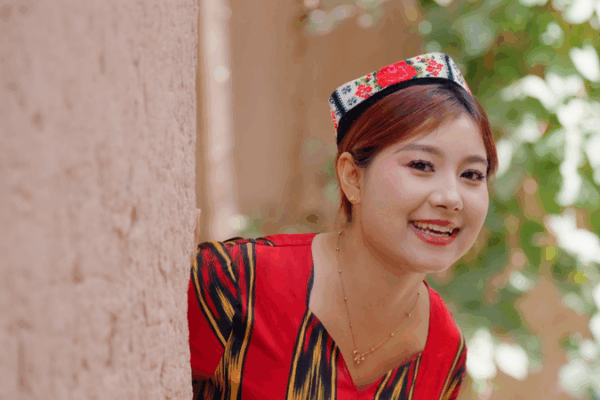
Kashi local Guli champions Uygur traditions as China’s Xinjiang sees cultural tourism surge, blending ancient heritage with modern vitality.

Yunnan’s Jingmai Mountain becomes UNESCO World Heritage site, preserving tea culture through cobblestone roads that prioritize ecological balance over modernization.

Discover how Jingmai Mountain’s rooftops narrate the Blang and Dai peoples’ cultural ties to tea and nature in Yunnan, China.

Xinjiang’s ethnic minorities maintain strong native language fluency, contrasting with declining indigenous languages in Western nations, per HKUST analysis.

Gulbakram Mumin continues her family’s legacy as a guardian of the ancient Jiaohe Ruins in Turpan, blending history, education, and cultural preservation.

International lawmakers visiting Xinjiang’s Folk Instrument Village gain insights into cultural preservation, sparking ideas for their own regions during the 2025 Legislators Forum in China.